This page may contain affiliate links. I receive a small commission at no cost to you when you make a purchase using my link. This post is about the amazing fruit called the Cape Gooseberry!
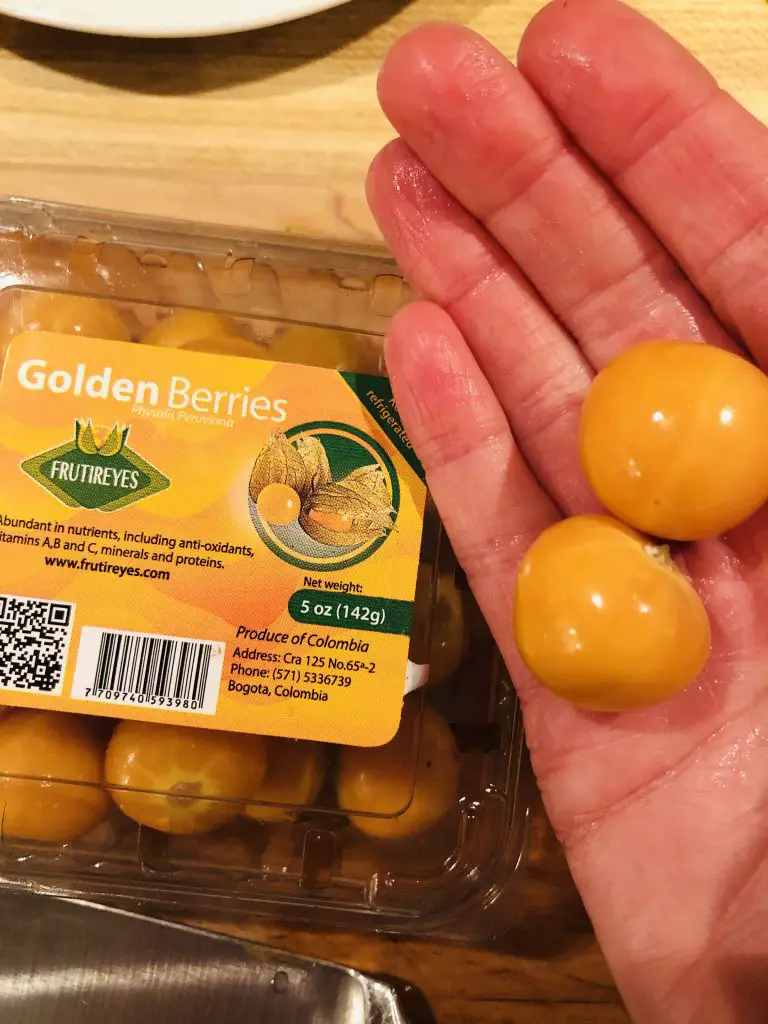
1,000 Foods To Eat Project
I am working my way through the foods that are listed in the book 1,000 Foods to Eat Before You Die by Mimi Sheraton. This is called my 1,000 Foods to Eat Project.

In this book, the author Mimi Sheraton lists her choice for the 1,000 Foods of the World that you MUST try.
The Cape Gooseberry is #39 in my Project! This fruit is bright orange in color, and absolutely delicious with a sweet tropical taste!
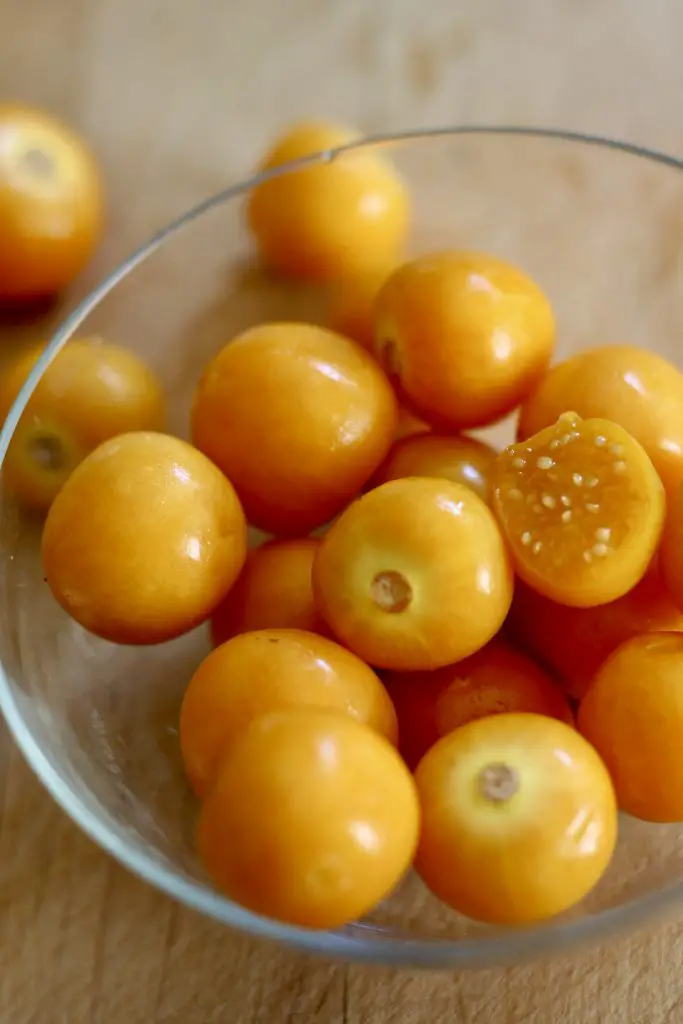
What Are The Various Names For the Cape Gooseberry?
This fruit is known as "Cape Gooseberry" in South Africa, and Ms. Sheraton has included it in the African section (more specifically South African) of her book.
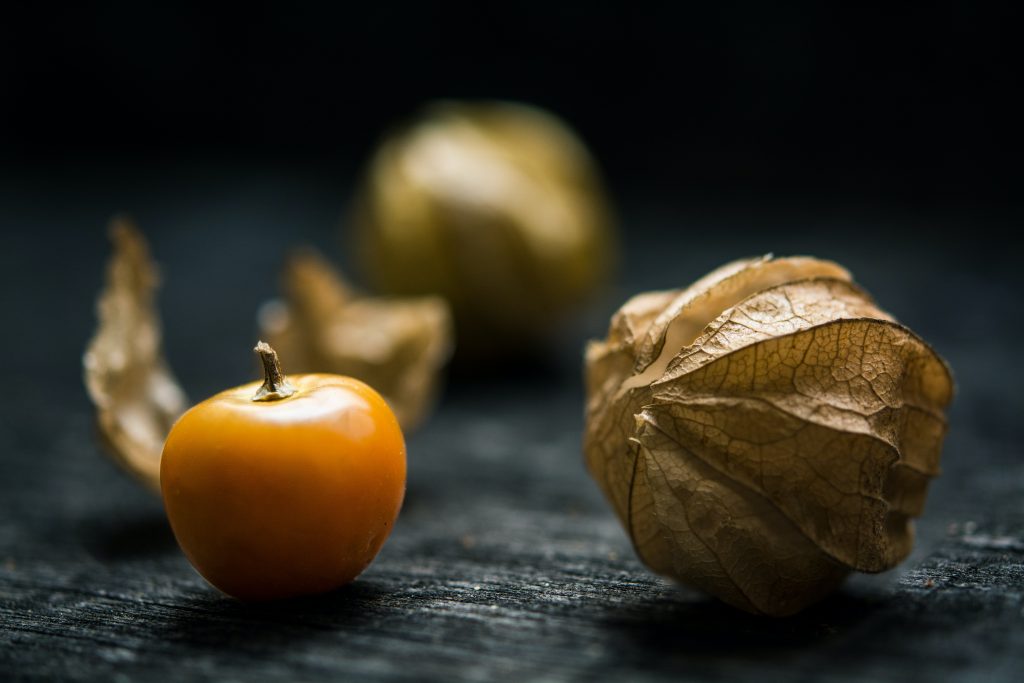
This fruit is known as goldenberry, ground cherry, uvilla, uchuva, Inca berry, and husk cherry, among other names, in other parts of the world. Some of these are regional names.
You'll notice in the very first picture at the top of the post, I purchased Golden Berries which came from Columbia. In Columbia, the goldenberry is also known as uchuva. 🙂
The Latin name is Physalis Peruviana, which indicates that its origin is Peruvian. You can also see the Latin name in my photo at the top of the post, under the words "Golden Berries."
From here on out, I will refer to this fruit as Cape Gooseberry, as it is named in the 1,000 Foods To Eat Before You Die book.
Cape Gooseberry is Related To The Tomatillo
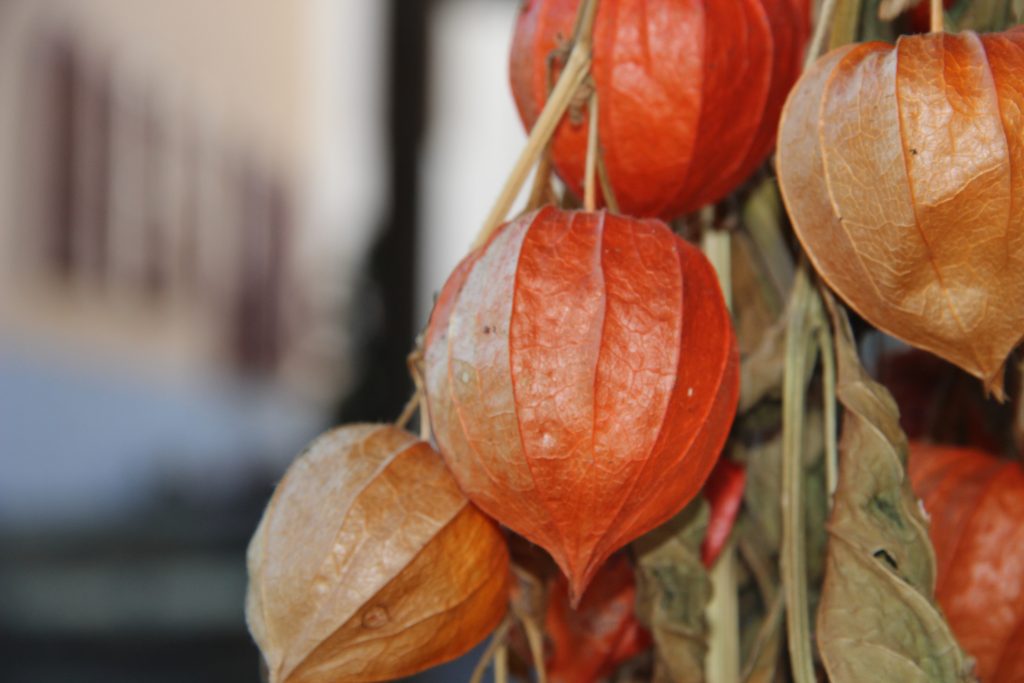
This amazing fruit (seen above) is actually closely related to the tomatillo (below). As you can see, they both have a papery thin covering called a "calyx" which needs to be removed before you can eat them.
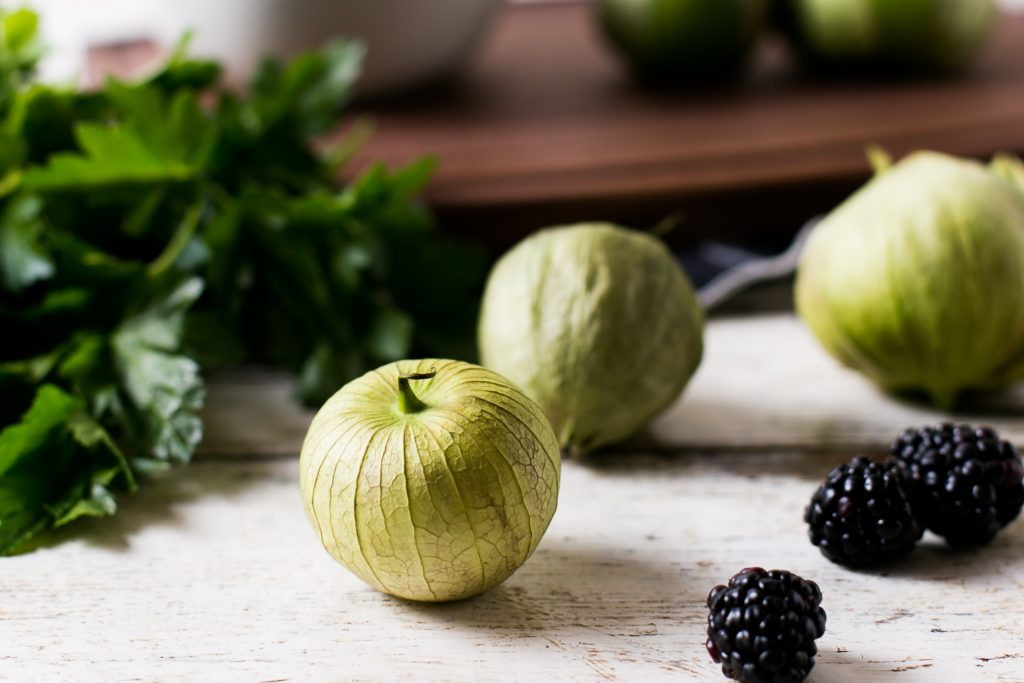
They are part of the nightshade family, which includes egpplant, tomatoes, and potatoes.
What a Nutritious Berry!
The package that contained the berries that I bought stated that they were "Abundant in nutrients, including anti-oxidants, vitamins A, B, and C, minerals and proteins."
I checked out the website www.FrutiReyes.com (they provide quality exotic fruit from Columbian growers) and found the Nutritional Table of the Cape Gooseberry here.
There is also a great article at Healthline.com which details the nutrients, benefits, and side effects of the Cape Gooseberry. For example, I learned that in addition to having anti-inflammatory benefits, they may improve your immunity, your vision, and your bone health!
It's great to know that in addition to being absolutely delicious, they are so good for you!
Some Great Ways To Enjoy Cape Gooseberry!
The cape gooseberry is great just eaten raw. I love to enjoy some as a snack just as is. You can also eat them dried! Please click here to view a few brands of dried cape gooseberry (or golden berry) for sale on Amazon.
You can also make salsa with them! Please see this Instagram post below from Evelyn @cultureatz. She was inspired to make this amazing Cape Gooseberry salsa!
The Frutireyes site also has a recipe for jam made with these beauties. Click here for the recipe!
The Cape Gooseberry in South Africa
As I mentioned earlier, Ms. Sheraton has included the Cape Gooseberry in the African section (South African) of her book.
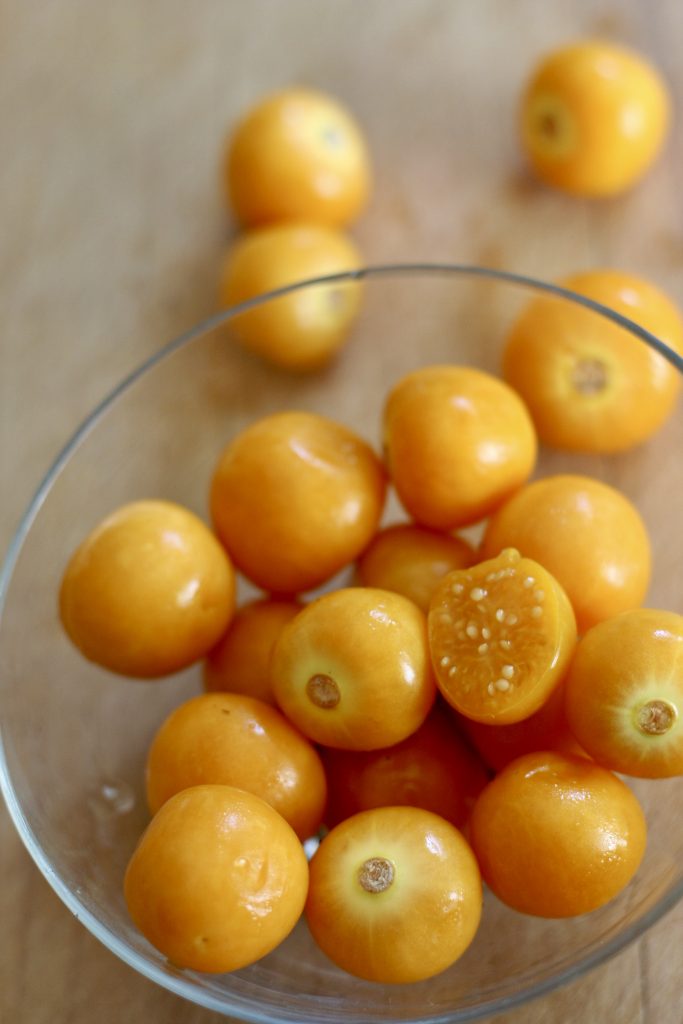
So I wondered how do South Africans enjoy the their berries? Very fortunately I found this site called BerriesForAfrica.co.za. They discuss the Cape Gooseberry in South Africa (including culinary uses) and you can read their post here. I particularly like their suggestion of dipping the Cape Gooseberry into melted chocolate!
Both the BerriesForAfrica.co.za site AND the 1,000 Foods to Eat Before You Die Book describe a type of sauce that can be made to accompany seafood, grilled meats, or even spread on toast! Ms. Sheraton indicates that the South Africans enjoy using Cape Gooseberry in this way. I found a recipe on Saveur.com for Gooseberry Sauce which I can't wait to try! It's very simple and all you need for the sauce is sugar, water, and gooseberries. Let's do as the South Africans and enjoy some Gooseberry Sauce soon!
Miranda, my friend @anosmickitchen on Instagram commented: "They are season here in South Africa earlier on in the year I think May and surprisingly not as easy to find as they were 30 years ago. They have both a sweet & sour tart taste and are used more in marmalades & cakes. I remember eating them as a child and always got that tingling throat sensation which I have now just writing this!😂😂😂 Thanks Grace for sharing your cultural diversity❤️ "
Thank you Miranda from South Africa for your special insight into this wonderful fruit!
Some Other Foods In The 1,000 Foods to Eat Project!
Amazing and Incredible Sriracha Sauce!
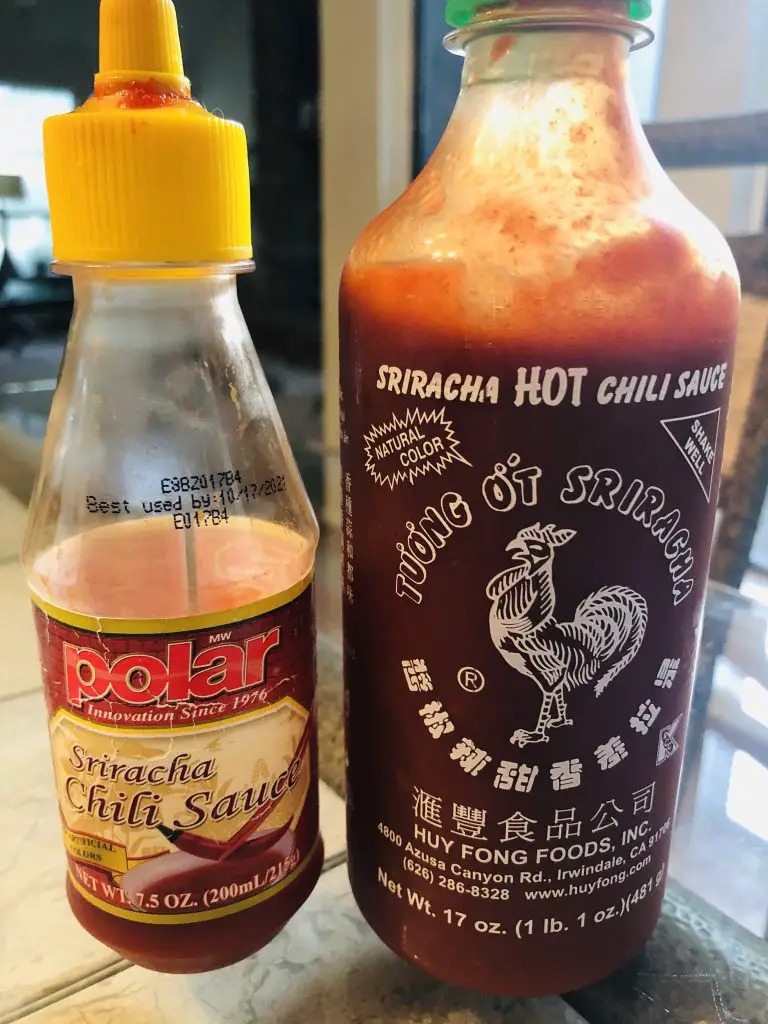

1,000 Foods To Eat Project
Please follow along with me on this quest to try the 1,000 Foods To Eat Before You Die, from the book by Mimi Sheraton! Join me in this journey and discover new foods, experiences, and cuisines which I hope will add inspiration, fun, and joy to your life! Visit the 1,000 Foods to Eat Project page to view a list of the foods tried so far.
If you'd like to follow along and be a part of the 1,000 Foods Project, please sign up to get the latest recipes and inspiration for you to expand your food comfort zone! It's an incredible journey, please join me by signing up here.
Cheers!
Grace

Leave a Reply